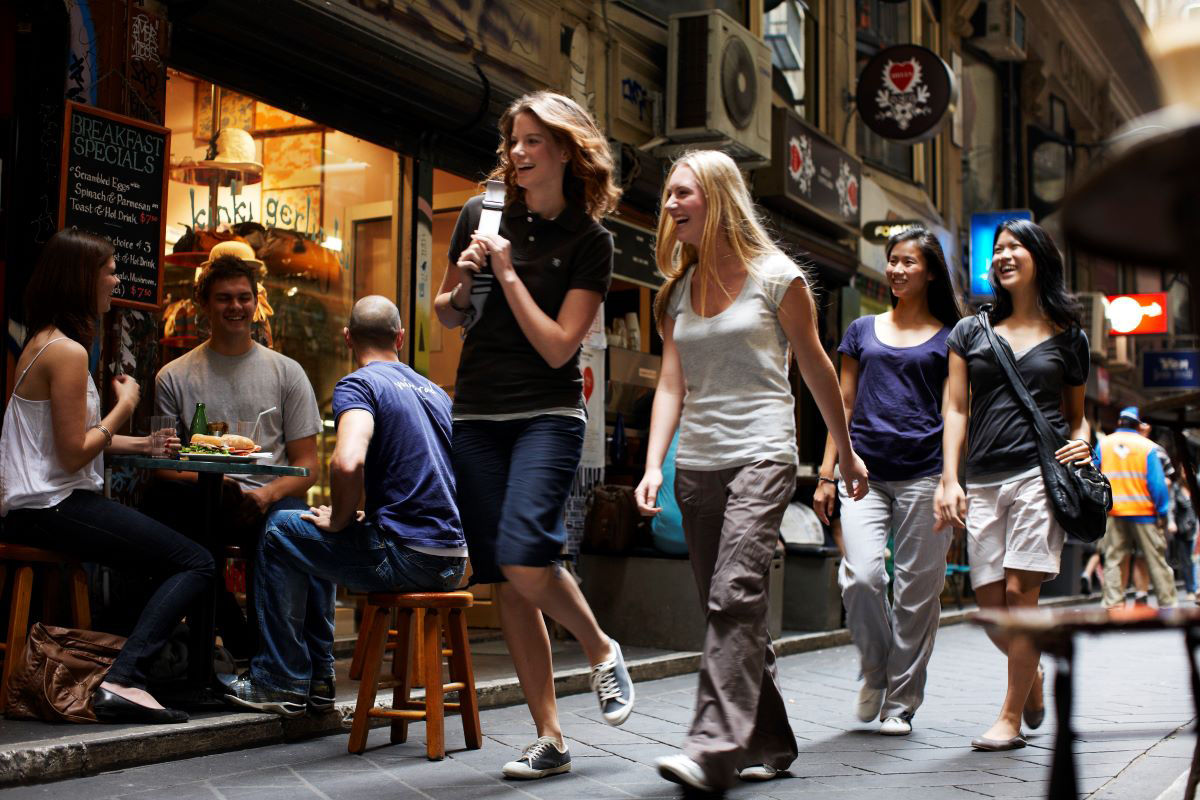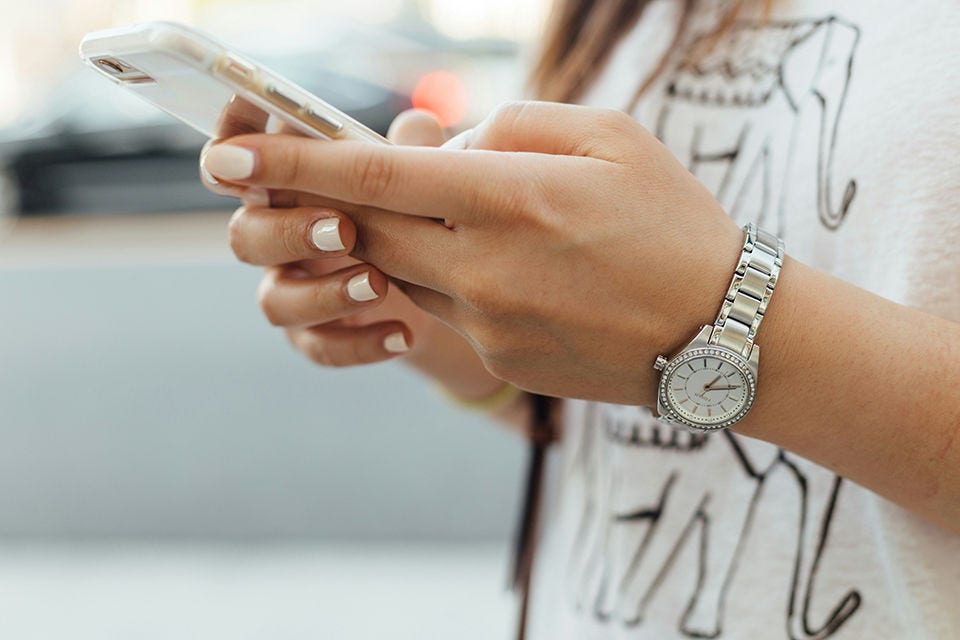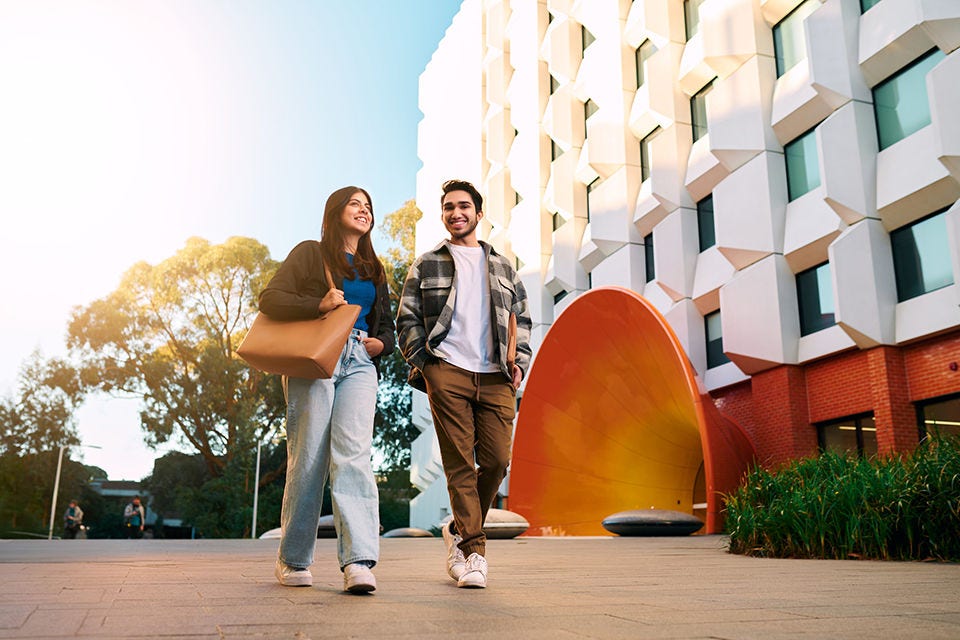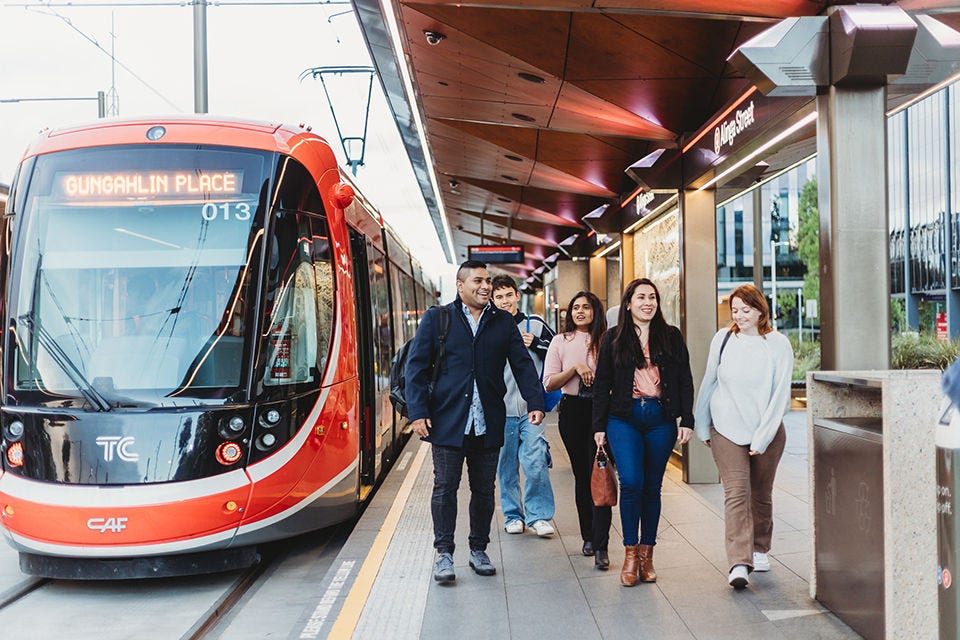
Studying in another country is a big adventure! Exploring new places and unfamiliar situations is very exciting, but can also take you outside of your comfort zone. Knowing how to experience your new country safely will mean you have a much more enjoyable time.
So, let’s take you through everything you need to know about staying safe in Australia as an international student.
Is Australia safe?
Australia is a very safe country with a diverse and friendly community. It is also a stable and peaceful democracy, with low crime rates and individual rights protected by law.
However, this doesn’t mean that nothing bad can happen. Dangerous situations can develop no matter where in the world you are. So, it’s important to know how to keep yourself safe as you enjoy everything Australia has to offer.
Five tips for staying safe in Australia
1. Be aware of your surroundings
The easiest way to stay safe is to be aware of your surroundings. Since almost everywhere new will be unfamiliar to you at first, it’s important to pay attention to your environment.
It’s also a good idea to take out your headphones and look up from your phone, so that you’re more alert and aware, and you can leave any area or situation that makes you feel uncomfortable.
2. Get familiar with Australian emergency numbers
In Australia, the emergency phone number is triple zero (000). This is the national emergency number, and it will connect you to police, fire and ambulance services – wherever you are.
Triple zero (000) should only be used if:
- a person is seriously injured or in need of immediate help
- when life or property is under threat, or
- a serious crime is being committed or threatened.
If you aren’t in immediate danger, but you have experienced a non-life threatening crime, such as an inactive robbery of possessions from your car or home, call the Police Assistance Line on 131 444.
You should also put the following numbers into your phone.
- State Emergency Services (SES) (132 500) for emergency support during dangerous weather including floods, cyclones and storms.
- Poisons Line (13 11 26) for up-to-date poisons information related to bites and stings, plants and mushrooms, or medicine and drug use.
- Health Direct (1800 022 222) for 24/7 expert health information and advice.
3. Be prepared for the conditions
Before going out, it’s important to be prepared.
Australia can get extremely hot during the summer so you should always pack a water bottle, wear a hat and apply sunscreen before heading outside. It's a good idea to download the SunSmart app to check the daily UV warning times to reduce your chance of sunburn.
If you’re going somewhere a bit isolated, such as a national park or a quiet beach, make sure you go with a friend, let someone else know where you’re going and check that your phone is fully charged. It’s also a good plan to check if there is mobile phone network coverage where you are going.
It can also help to do some research about the location you’re planning to visit, so you can avoid any dangerous conditions. These could include a current bushfire alert in the national park or large swells at the beach.
On any day trip or excursion out of town, it’s a good idea to wear ‘sun smart’ clothing, take mosquito repellant and a first aid kit. If you are hiking or camping, it is especially important to research the area so you know what to wear and what to bring. For instance, you may need hiking boots, portable chargers or large water containers.
4. Download safety apps
Safety apps are a helpful asset to have if you find yourself in an emergency or dangerous situation.
- Emergency+ uses GPS data to communicate your exact location to the correct emergency service in your area.
- Sonder contains safety advice and communication tools for students, including GPS tracking of your route, alerts for fires or automobile crashes and a “check on me” function.
- St John Ambulance First Aid contains step-by-step instructions on how to treat a patient in medical emergency scenarios, including how to perform CPR and manage allergic reactions, choking or diabetic episodes.
5. Research the safety resources offered by your education provider
Most education institutions will offer a range of safety services, and you should be aware of what they are in case you ever find yourself in a dangerous situation on campus. Some common safety services offered by Australian universities include:
- on-campus security staff
- security staff escorts to your car on campus at night
- shuttle bus services
- crisis support phone numbers.
Image: Centre Place, Melbourne, VIC
Image credit: Tourism Australia


